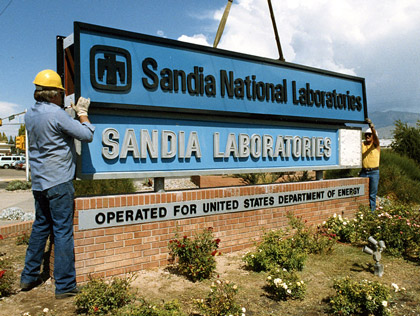1970s
Multiprogram laboratory

Sandia’s Thunderbird Logo 1970 to present
1970
January 1, 1970
Designed the Safe Secure Trailer for transporting nuclear weapons
A prototype of the Safe Secure Trailer (SST) was produced in 1971. In addition to the SST, Sandia developed a system to maintain contact between dispatchers and SSTs at all times. The overall system was deployed in 1974.
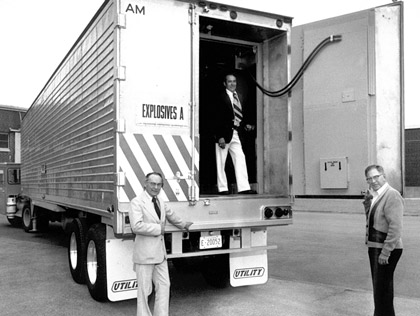
1971
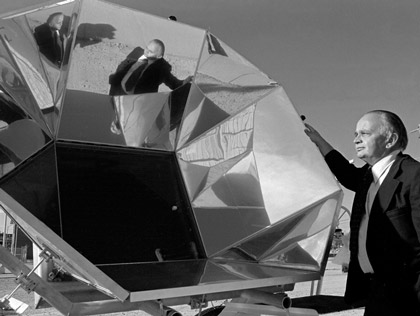
August 11, 1971
Energy research started
Congress authorized the Atomic Energy Commission to undertake research on “the preservation and enhancement of a viable environment by development more efficient methods to meet the Nation’s energy needs”. The AEC encouraged its laboratories to pursue energy research and formed a committee to plan future national energy policies. Don Shuster represented Sandia on the committee and within two years the Labs submitted 21 project proposals. Sandia initiated research on solar and wind technology, photovoltaics, enhanced fossil fuels recovery, and fusion development. Energy research remains a strong area within Sandia.
1972
September 5, 1972
Anti-terror programs started
Israeli athletes attending the 1972 Summer Olympics in Munich, West Germany, were taken hostage and, in the following days, killed. In response to international and national concerns about physical security, Sandia began a research and training program in anti-terrorism. This work continued over the decades, resulting in a variety of anti-terror technologies and methodologies.
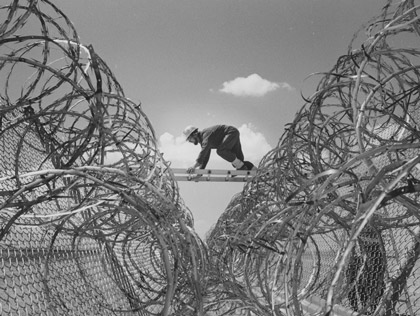
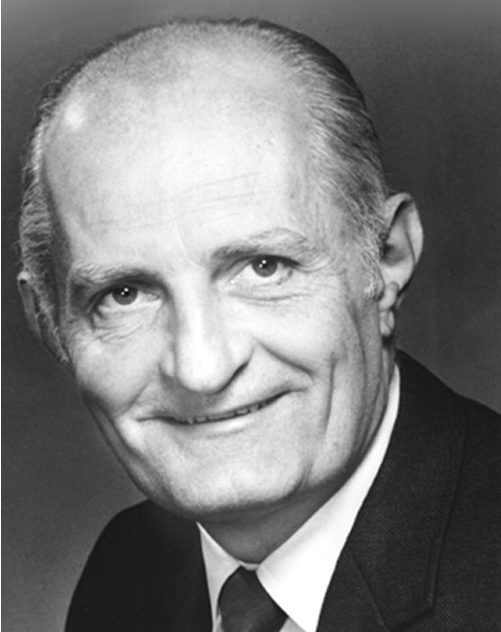
President and Director of
Sandia National Laboratories
October 1, 1972–July 31, 1981
October 1, 1972
Morgan Sparks became Sandia Corporation President
His reputation for excellent science preceding him, Morgan Sparks brought a strong sense of stability to his leadership of Sandia. This served him well, as Dr. Sparks arrived a few months before the largest cutbacks in Sandia’s history and a subsequent ten percent staffing reduction. Concerned about the future and ensuring the depth of capability necessary to support the weapons program, his leadership team moved into additional nonweapons defense activities in the form of nuclear reactor safety investigations and of physical safeguards and security training in the wake of terrorism at the 1972 Munich Olympics. Both programs grew in the next decade, becoming entrenched lines of business.
1973
Sandia photovoltaic energy conversion program launched
In the summer of 1973, Sandia scientist George Samara organized a photovoltaic energy conversion program. Focused on solving the technical and economic problems of photovoltaic conversion, the program began research into improving solar cells. The next year Don Schueler formed a Photovoltaic Working Group, to look at a variety of approaches to energy conversion in photovoltaic devices.
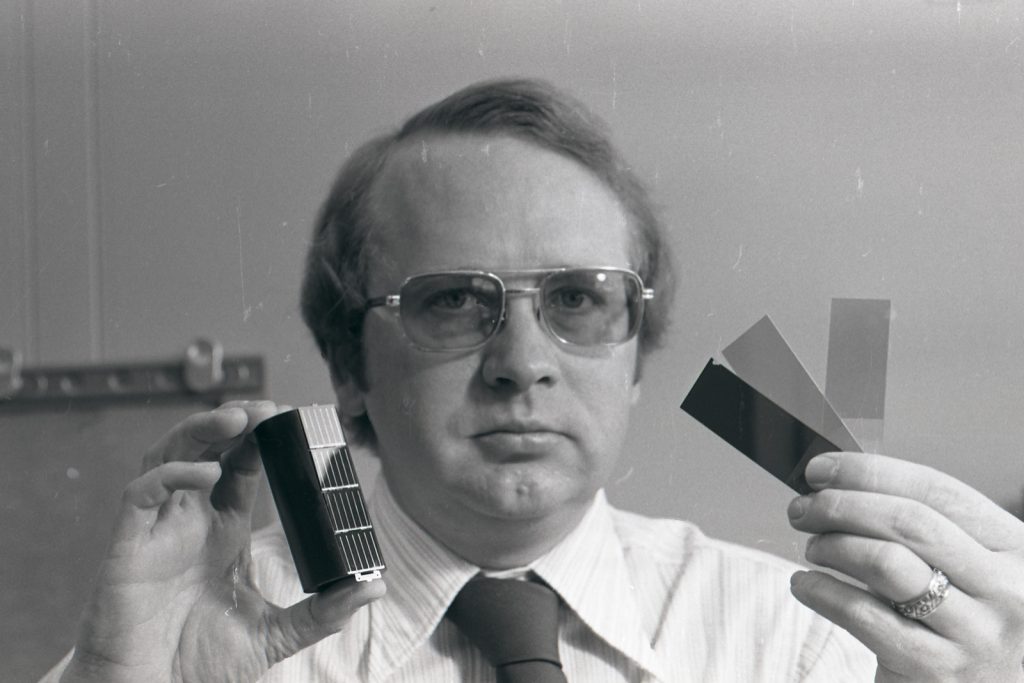
1974
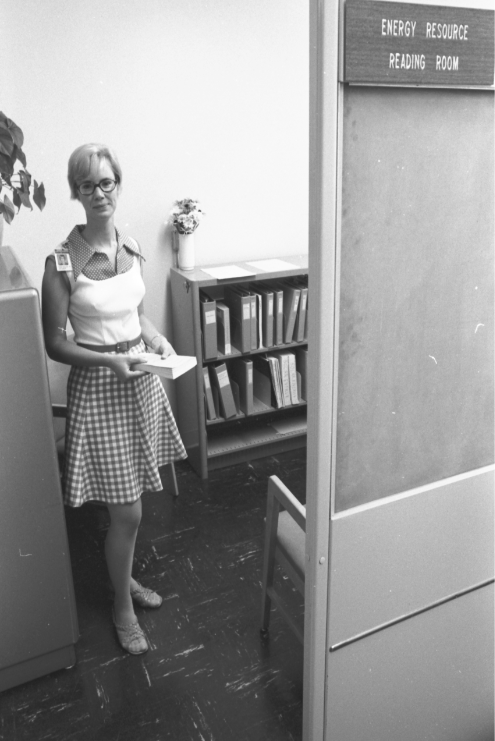
December 25, 1974
First winter shutdown began
In response to the energy shortages and growing environmental concerns about energy usage in the early 1970s, Sandia introduced a variety of conservations measures. Slicing the lunch hour in half, adjusting building temperatures, encouraging carpooling, and cutting heating and cooling on weekends and holidays resulted in significant energy savings. In 1974, the Lab introduced a week-long shutdown around the Christmas holiday. At first dependent on employees using vacation hours, by 1977 the shutdown was standardized by gathering Federal holidays from elsewhere in the calendar to cover the time off. It usually extends from December 25 through January 1, depending on how the holidays fall.
October 19 1974
First hot air balloon of Project da Vinci launched
Sandia provided the systems engineering, telemetry, communications, and ground support for Project da Vinci’s 36-hour staffed and fully instrumented balloon flight. The balloon carried over a ton of equipment, including 25 scientific experiments, power supplies, sensors, telementry, timers, and recorders. A joint Atomic Energy Commission, National Geographic, and U.S. Army Atmospheric Sciences Laboratory effort, Project da Vinci studied air pollution. Da Vinci I, launched from the Las Cruces Airport and landing in west Texas, studied a single air parcel as it crossed above different terrain. The project continued with da Vinci II and II balloon launches in 1976. This was the beginning of Sandia’s research in environmental studies and climate change.
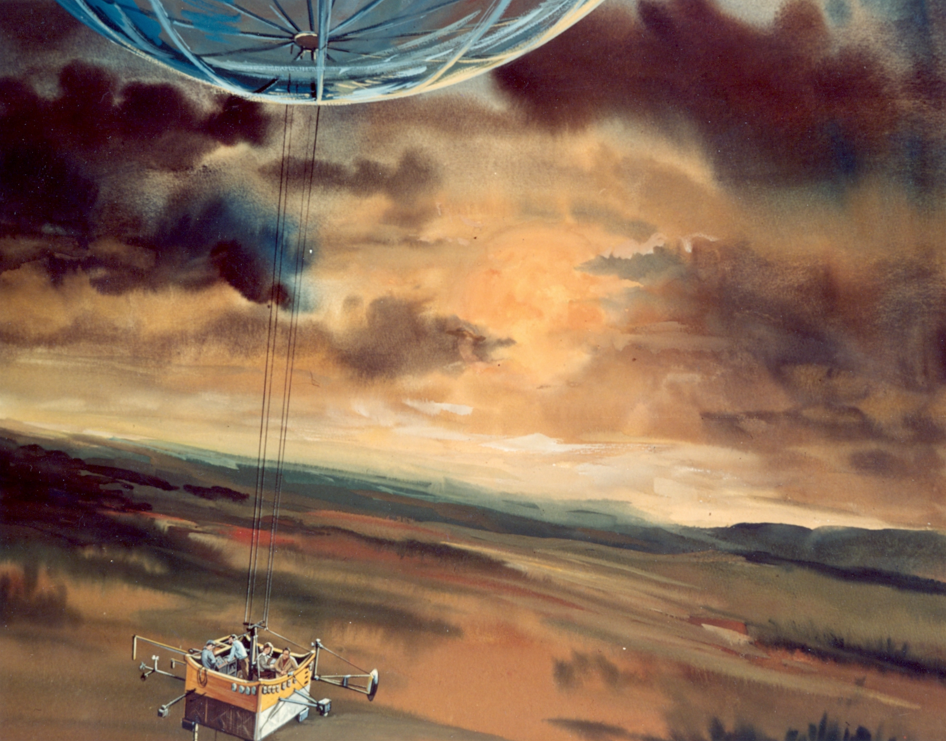
1979
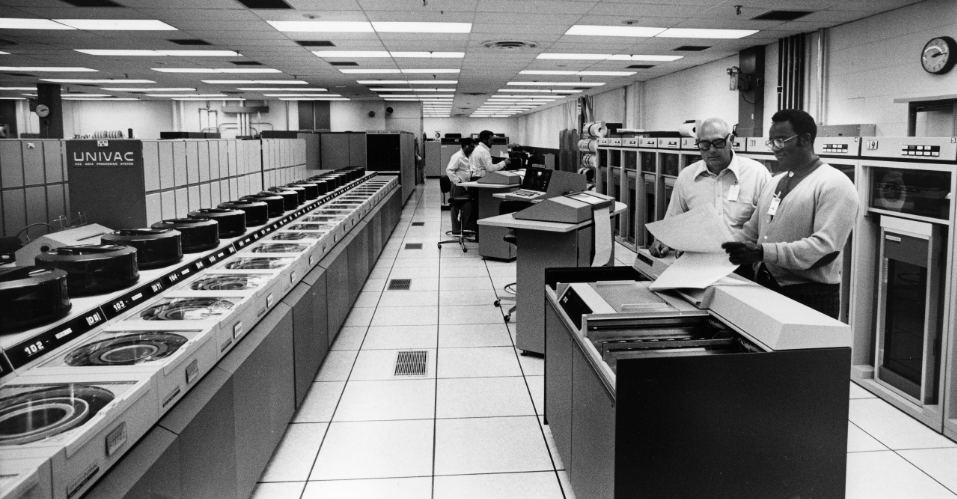
Computing advances for operations
Sandia’s Computing Center received a new Univac 1100/82A computer in 1979. Its dual CPUs, one million words of main memory, four billion bytes of mass storage, dual consoles, 12 tape drives, three high speed printers, and related peripherals supported data processing for payroll, payments, property management, and budgeting, as well personnel and medical files, technical library, general stores, engineering drawing files, record of assembly data, and quality assurance data.
December 29, 1979
Law redesignated Sandia as Sandia National Laboratories
Public Law 96-164 [S. 673], was signed by President Carter. This was the “Department of Energy National Security and Military Applications of Nuclear Energy Authorization Act of 1980”. Sec. 212 (d)(3) says, in part, “The Sandia Laboratories at Albuquerque, New Mexico, and Livermore, California, shall after the date of the enactment of this Act be known and designated as the ‘Sandia National Laboratories’”.
